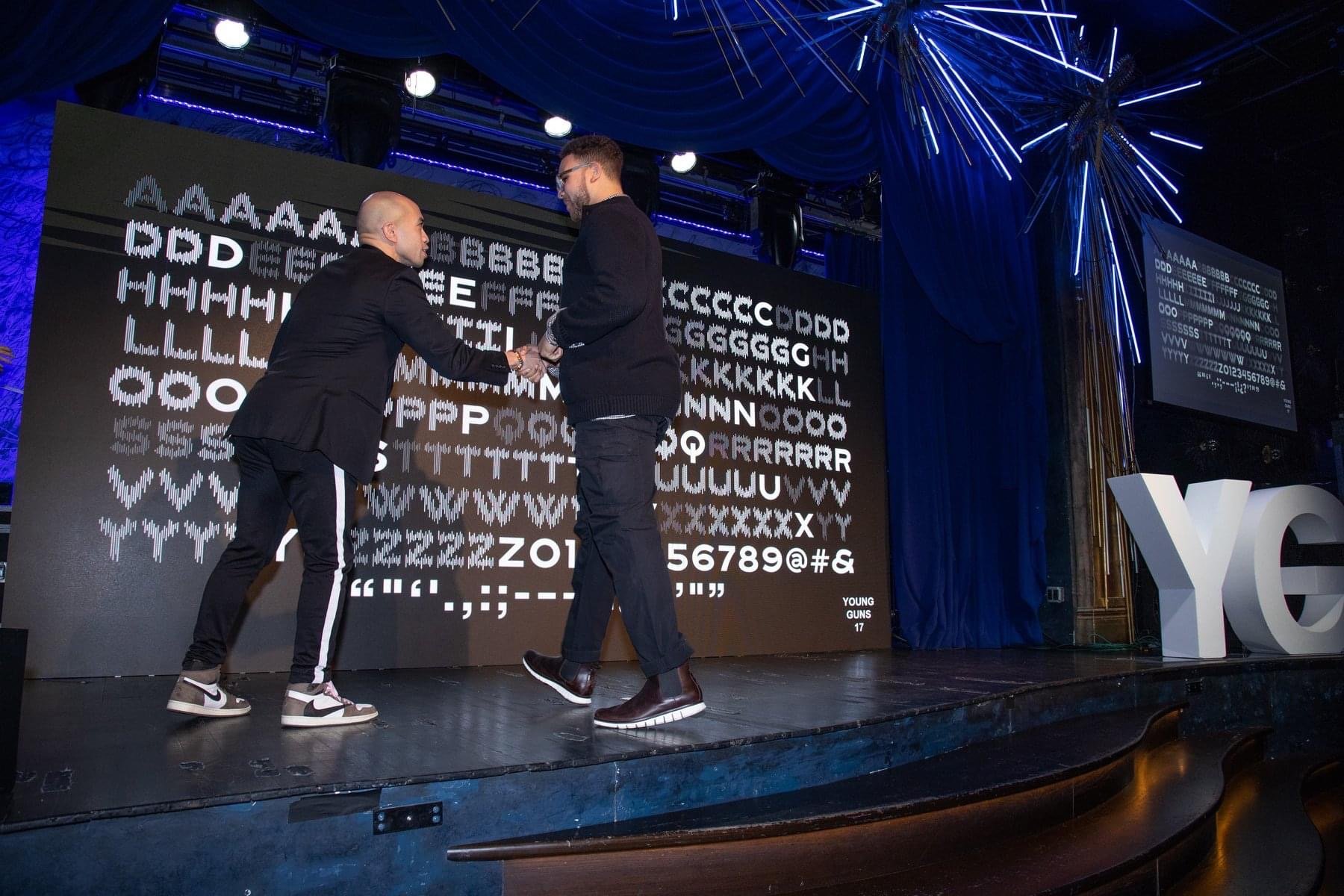It has been said that “the creative adult is the child that survived.” This is his story.
1998—2005
My journey began at the age of four. It started with a headache, followed by excessive blinking, and then the headaches became paralyzing. I had a brain tumor. I was born with it, and as I grew, it grew with me until it became the size of a golf ball. Only 1-2 out of a million people get this specific type of brain tumor. ¶ Through that ordeal, drawing and writing became my only means of working through the pain. When the tumor was gone, I needed a way to express what I was feeling, so drawing and writing became my only means of doing that as well. I’d draw to my heart’s content, and when tired, I’d practice writing in cursive until my handwriting looked like the sample sheets. ¶ Four years later, just when I was becoming a real kid again, I was diagnosed with a residual brain tumor. That’s when everything changed. Once the new tumor was gone, I went into a deep depression. The experience forced me to grow up faster than most my age. ¶ Instead of drawing pictures of skateboarders and basketball players, I was copying Monet in watercolor, drawing pictures of Venus De Milo, David, Greek columns, and broken chains. ¶ However, my love for classical art started before this. On the last day of second grade we were allowed to do whatever activity we wanted—all day recess essentially. While everyone went outside, I stayed inside. I found this old book of paintings in the library and decided to attempt to copy one of them. I tried to replicate Monet’s Bridge Over A Pond of Water Lillies. It didn’t turn out so great for me, but my teacher saw the potential and insisted that my parents place me in advanced drawing classes. ¶
2005—2014
Beyond just drawing, a lot was happening at the time. I experienced racism for the first time in the third grade; I started learning more about Black history, which made racism more confusing. All of this made me more observant. It made me want to understand people more. ¶ Inspired by my parents, I started my first business in the fifth grade. While I was supposed to be selling items at the school store, I convinced kids to have me graffiti their names on an index card for $3 – I had a sales sheet and everything. ¶ This experience led me to realize that if I could make other people happy by doing what makes me happy, then that’s what I need to be doing for the rest of my life. So, from middle school through college, I designed and sold tattoos, bead and Lego jewelry, T-shirts, posters, and more. I even ran the comics section of the school paper. ¶ I also started a three-year-long personal project during my senior year of high school where, even though I didn’t know anything about type design, I started drawing what would become the basis for my first typeface, Unveil, released in 2013. However, I still knew nothing about type design, so it’s essentially Futura layered with detailed illustrations. Regardless, this project got me interested in type. ¶
2014—2017
Once the excitement died down, my passion became branding, but with an emphasis on typography, encouraged by a boss at an internship who pushed me to work on as many type projects as possible. Branding remained my passion, my specialty, but the education I received during that internship lit a spark in me. A few months later, while in my senior year of college, I made a pact with myself that by the time I was 25, I would become an internationally respected designer. ¶ To make that pact a reality, I turned down art director positions at startups and a junior design position at Pepsi. I accepted a full-time position at a staffing agency where I had the opportunity to contract with eight or nine companies over the course of two years. I learned a lot about what kind of designer I wanted to be and the clients I wanted to work with. I worked for some ad agencies with bad morals and worse clients. I worked for a real estate tech company with whom I branded dozens of agents, which I enjoyed. I even worked on the rebranding of a Jewish community center, which was amazing. ¶

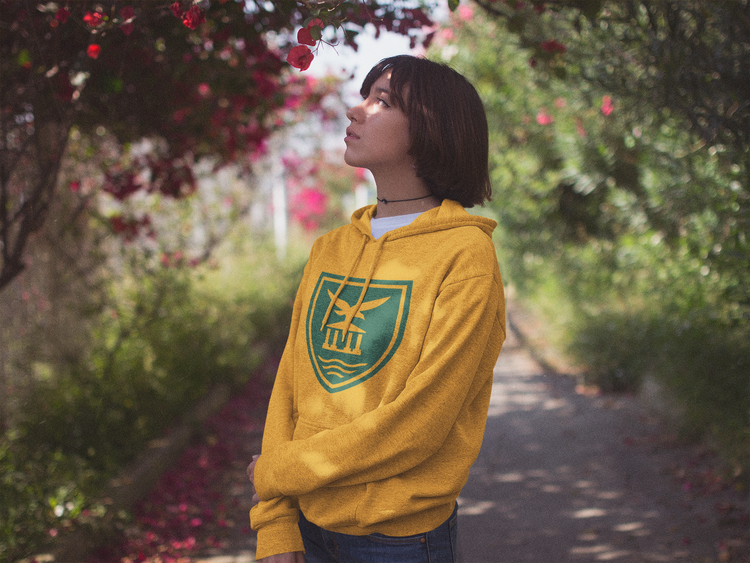
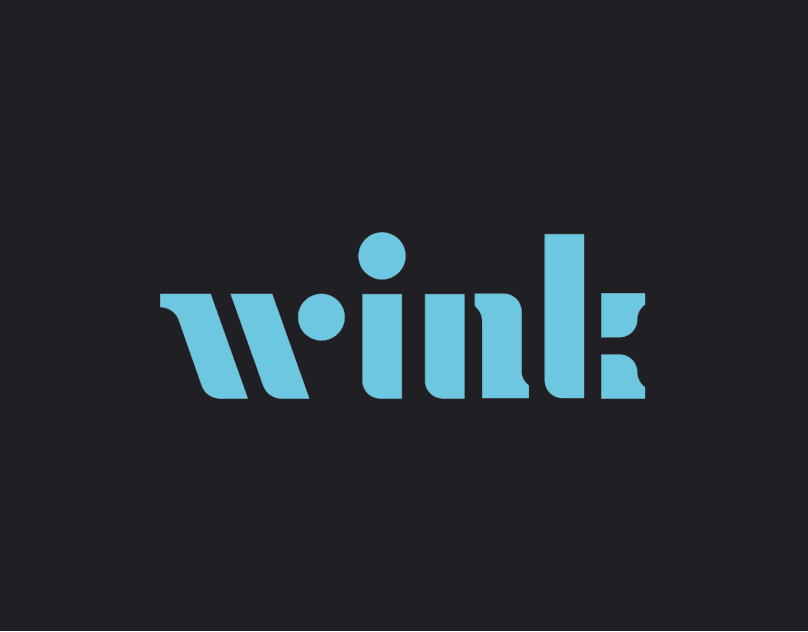

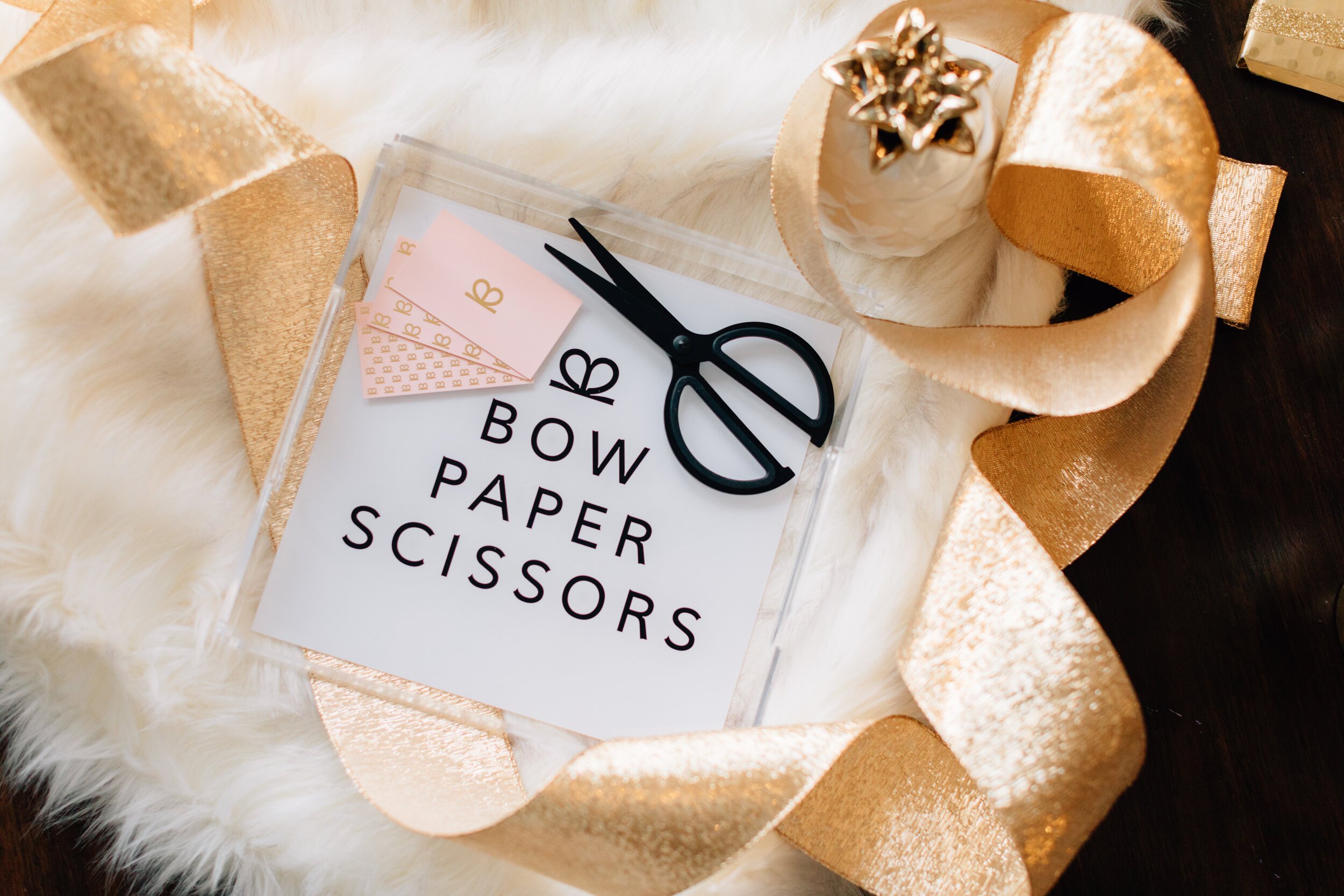



2016—2017
However, in March 2016, while aimlessly scrolling for fonts while crafting another identity for another real estate agency (I did many of those back then), I just became really bored. Everything I saw, no matter how beautiful, it all looked the same. You could argue it’s because we are obsessed with grids and perfection, but the truth is there was no culture, no character – only monotony and stereotypes. While design is my passion, I wondered if I had chosen the wrong career. ¶ Then, one day, not long after, I came across the 1987 thesis by Dr. Cheryl Holmes-Miller, Black Designers: Missing In Action. It was one of the first times that anyone really mentioned the idea of diversity in design. The article summarizes that when an industry, not just design, is white male-dominated, these industries can do more harm than good when the diversity of the world is not represented at the proverbial table. ¶ But it wasn’t until I read her 2016 sequel, released just a few weeks later, entitled Black Designers: Still Missing In Action, that I became truly inspired. This version of the article was less analytical and was more of her way of passing the torch to the next generation of Black designers. Because of this article, I began thinking, how can we effectively solve the problems and challenges of our clients when we’ve barely even faced any of the problems and challenges in our own industry? That’s why I decided to find, somehow, a way to increase diversity in the graphic design industry. I knew for a fact that I couldn’t simply change the demographics, or the education system for that matter. ¶

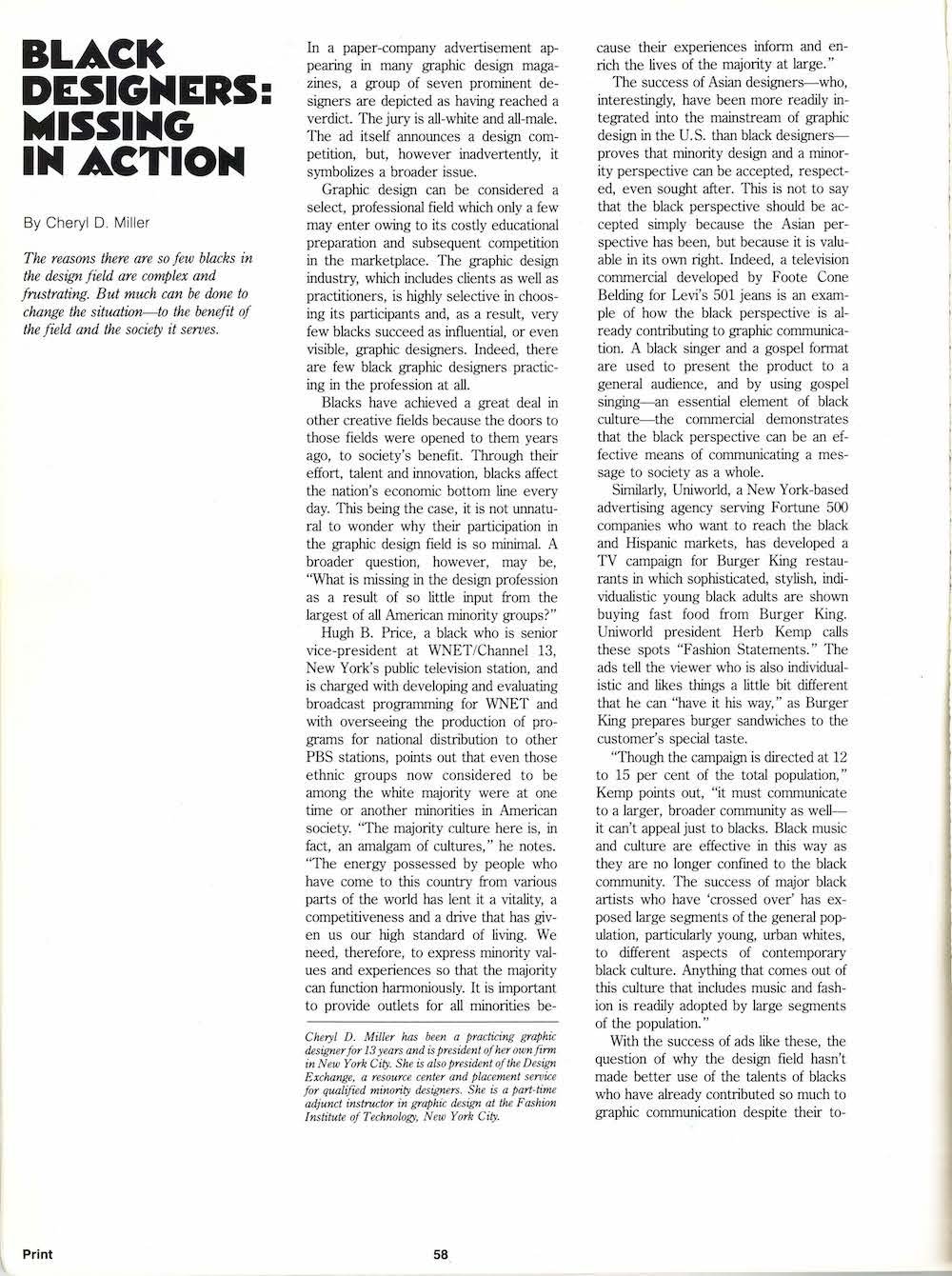


2016—1998
However, when I looked back on my life, and thought about the days of practicing my penmanship and graffitiing people’s names on index cards, designing tattoos, and making Unveil, starting a font foundry just made sense.
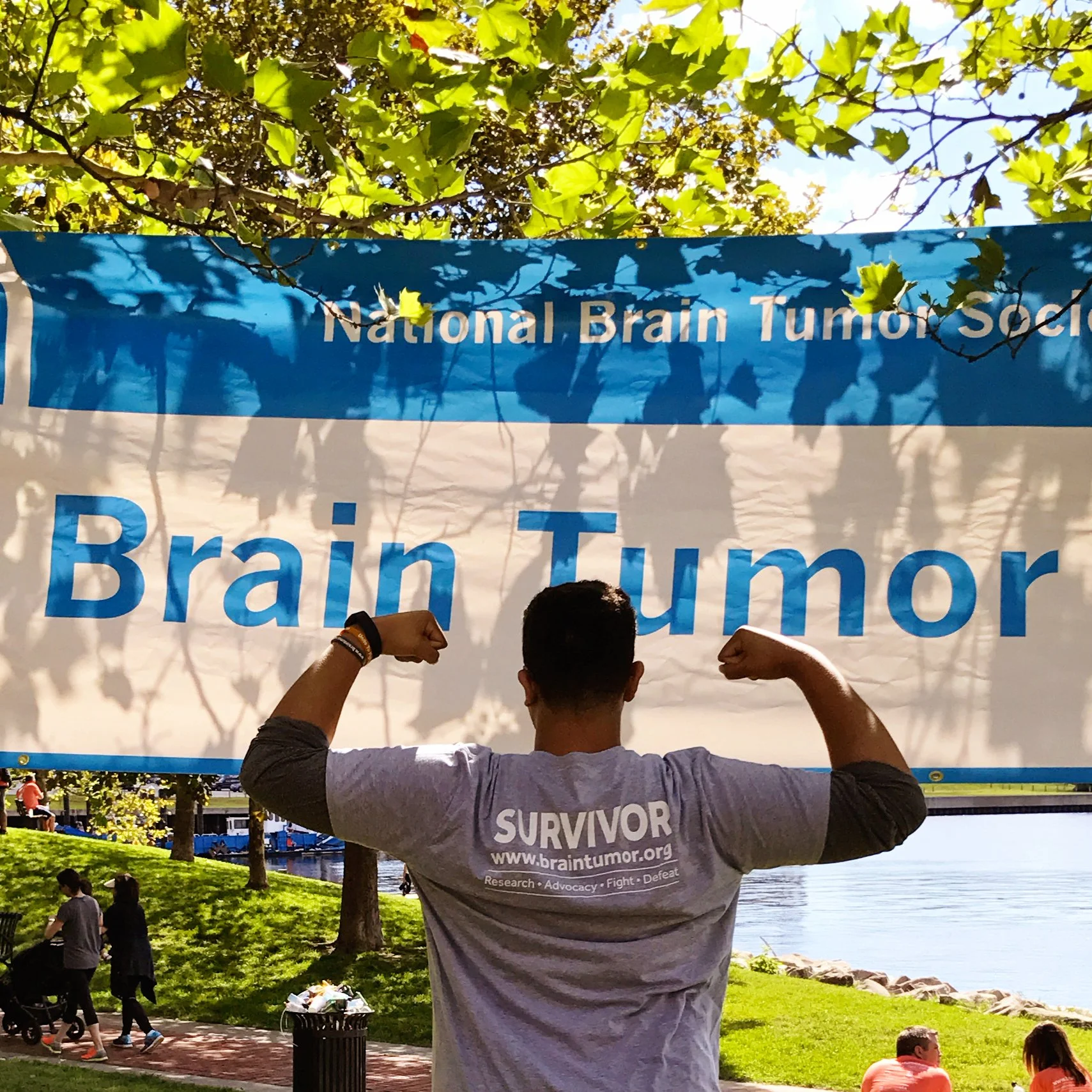
2016—2017
However, I had to ask myself two very important questions: first, does the world really need another font foundry? And two, If I start a font foundry, what can I do differently? ¶ In thinking about diversity, I also had to think about my racial experiences. Like the first time I encountered racism and bigotry in the workplace. And the first time, I was called the “N-WORD.” And the first time I experienced racism was way back in the 3rd grade. However, I was also forced to evaluate my positive racial experiences. Like the first time, I learned about Dr. King, Eva Peron, Bayard Rustin, Ruben Salazar, Dolores Huerta, and so many others, and the pride I felt in learning Black and Brown history. ¶ And that’s when I realized that type can be more than just a design tool, but a tool for educating and for sharing stories like the one I’m telling you right now. Because stories are what connect us. ¶ And that’s how I came up with the idea to introduce a piece of minority culture into the root of any great piece of graphic design—typography. ¶ However, Vocal did not happen overnight. I remember being told that I didn’t know enough about diversity and inclusion to start coming up with solutions. But that just fueled me even more. ¶ So I went to work, and began designing fonts like VTC Martin, Bayard, James, Eva, and Ruben, during my off-hours, while building up my brand consultancy, Studio Seals, during the day. While also renovating the stable built by my great-great-great grandfather in 1911 as my studio space. ¶
2017—2021
Also, I started to enjoy type design much more than branding during that time. I began to imagine a day when Vocal Type would be my only focus. However, I didn't see that happening for many years to come. ¶ But then, May 25th of 2020 changed everything. George Floyd changed everything. His death made me realize that any work that I have done, and would do through Studio Seals, would never matter as much as the work that I could do, and the impact that I could make, by focusing solely on Vocal Type. ¶ I shut down my brand consultancy a few weeks later to focus solely on Vocal. The next thing I knew, Vocal was on every “Support black Design” list, and I received emails from agencies and companies I could have only dreamed of working with. While I was extremely excited, with this feeling that, “I finally made it,” I knew in the back of my mind that every opportunity that comes my way from this point forward, would not because of my efforts, or my talent, but because of George. ¶
Photo by Isaac Jiménez
2020—2024
However, simultaneously, I became aware of how vital Vocal was. But beyond that, I became inspired by how designers from around the world have taken my fonts and made them a part of more contemporary movements, from BLM street murals to Amazon Labor Union signs and beyond. ¶ Since 2020, so much has happened that I never could have imagined. From the friends I've made to lifelong collaborators. And sure, there were a few awards, but they mean nothing compared to the work I get to do and the impact I'm fortunate to make. ¶


















